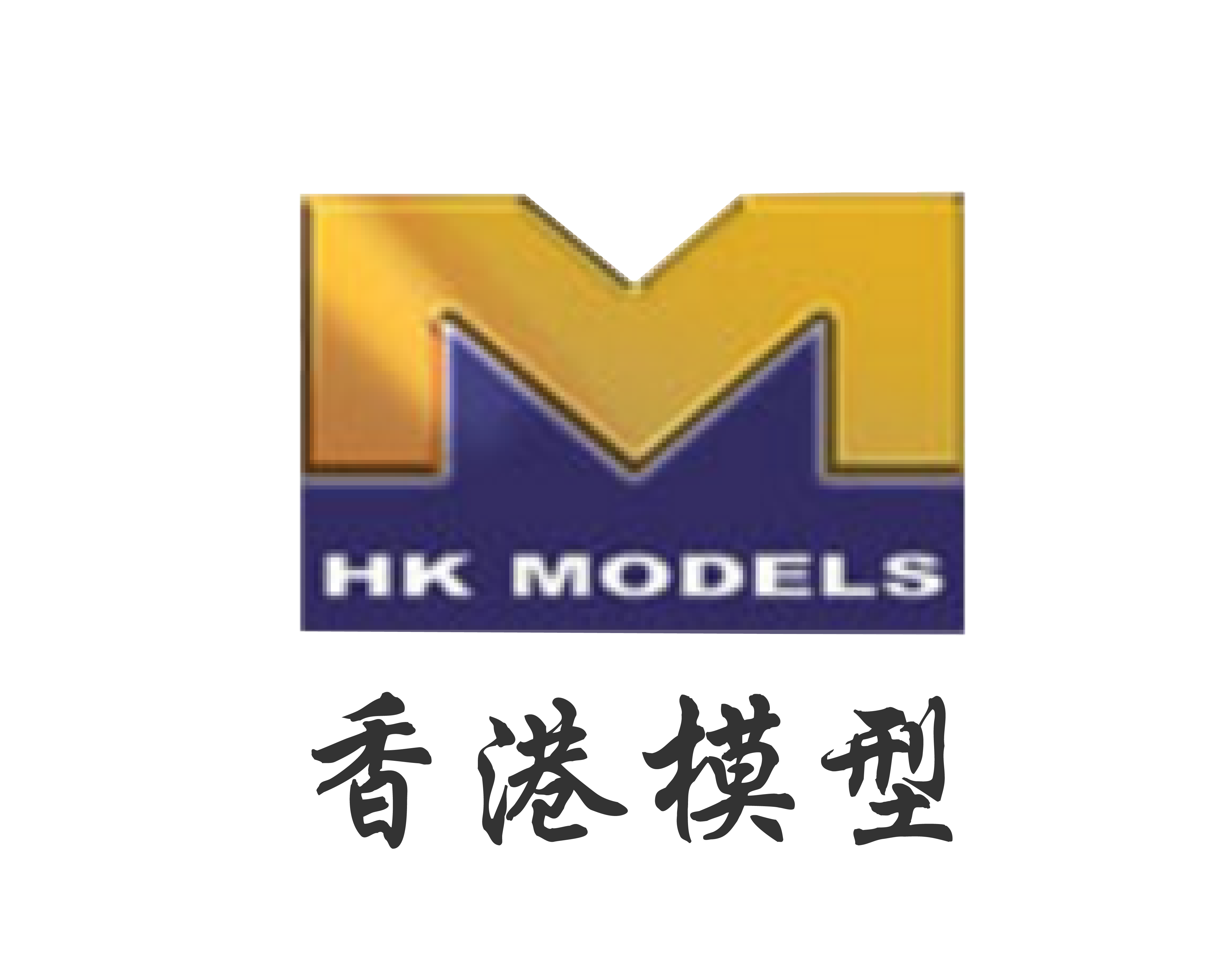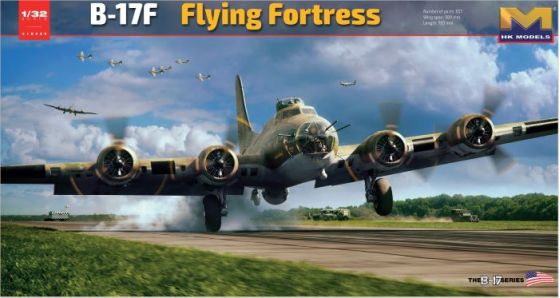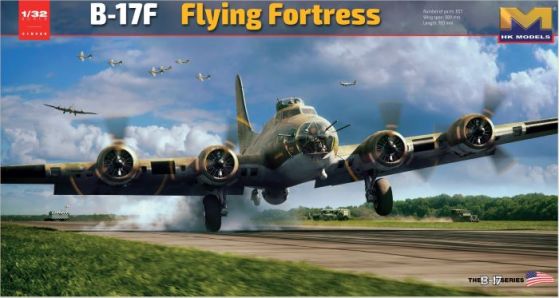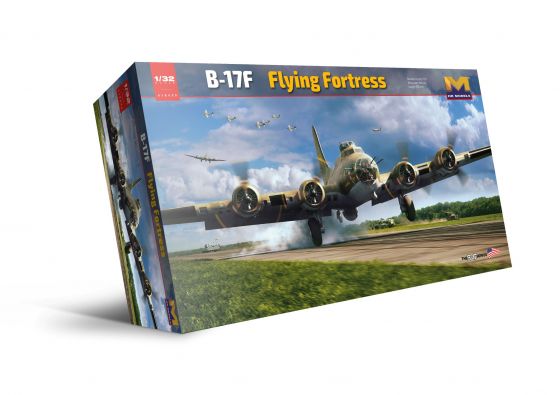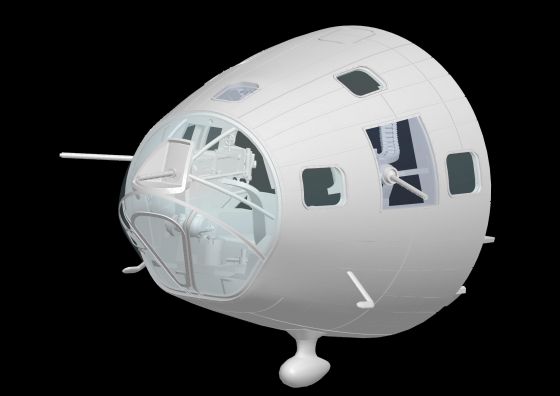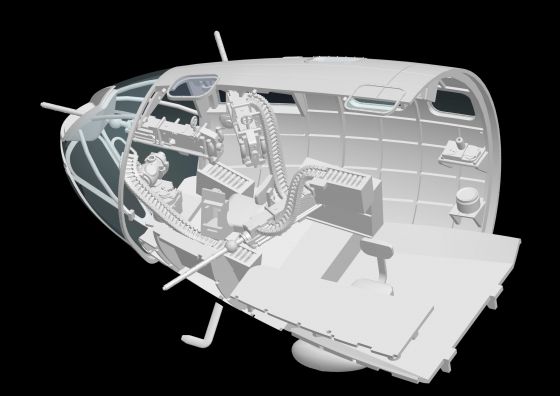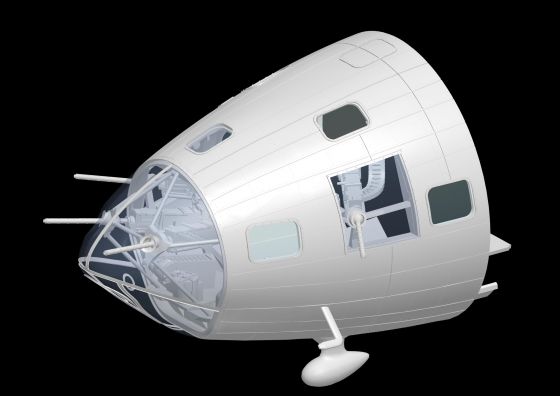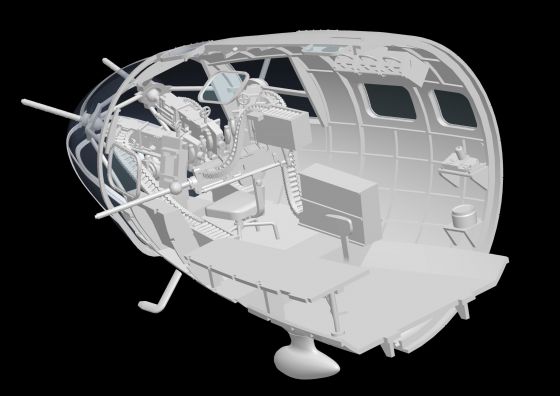Description
The Boeing B-17 ‘Flying Fortress’ was one of the U.S.A.’s main four-engine heavy
bombers, operating alongside the B-24 Liberator, and the later B-29 Superfortress,
in all theatres of World War 2. It’s a fact that the B-17 almost never saw its
place in history and the defeat of Nazi Germany, as the prototype, known as Model 299,
crashed due to pilot error during its evaluation in October 1935. Thankfully, the design
had shown such promise during the testing phase, in fact exceeding the requirements
of the original specification, that further prototypes were ordered despite Boeing losing
the original contract with the United States Army Air Corps. It was this further evaluation
that saw the type enter active service in 1938. The actual name ‘Flying Fortress’
was coined by a newspaper hack who witnessed a roll-out of the machine, bristling with
guns and turrets, and Boeing realised that this was the sort of propaganda they needed,
and trademarked the name. After the initial prototypes, serial production of the B-17 began
with the B-17B variant, and underwent a major revision with the introduction of the
‘E’. This type featured a substantially redesigned tail and fillet that featured throughout
subsequent versions, giving the B-17 its iconic profile. An extra 10ft of length was added
to the fuselage. Other refinements included the addition of a tail and dorsal turret, and
the addition of a Bendix turret to replace the fixed bathtub type that had graced previous
versions. This was found to be disappointing, and was eventually replaced with the
Sperry ball turret that became a permanent feature of all future marques.
Di
